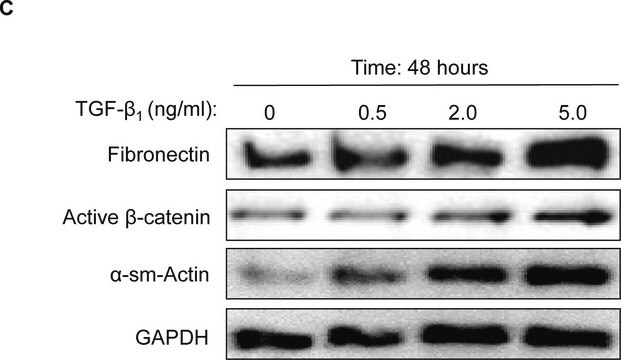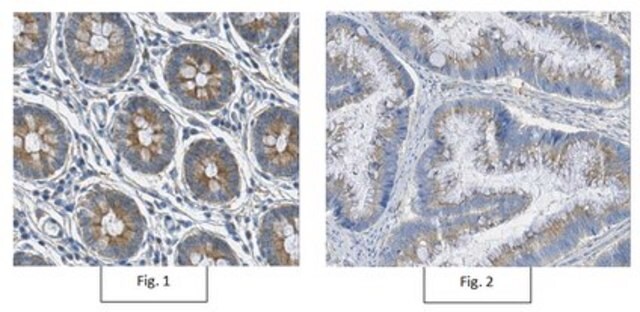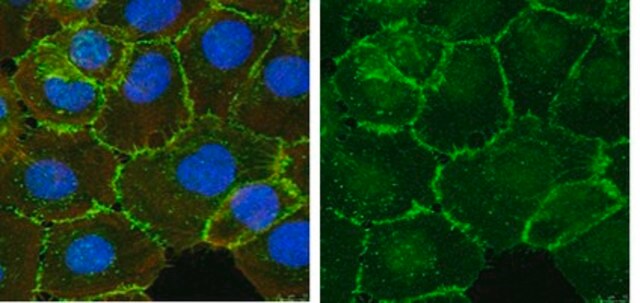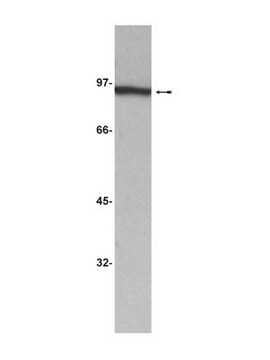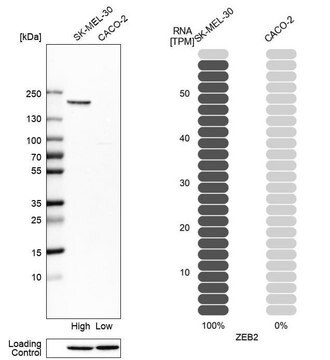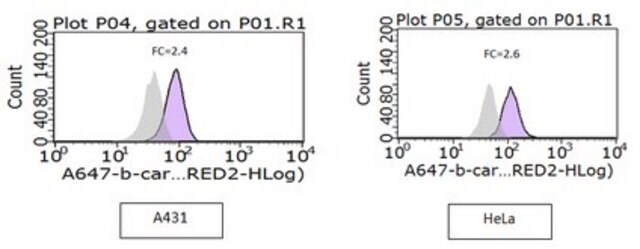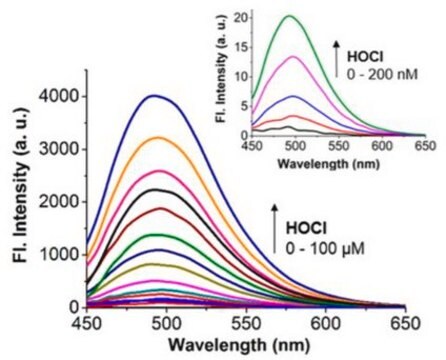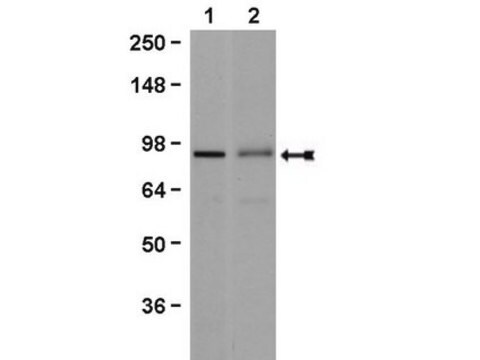05-665-AF488
Przeciwciało przeciwko aktywnej beta-kateninie, klon 8E7, Alexa ™ 488
clone 8E7, from mouse, ALEXA FLUOR™ 488
Synonim(y):
Katenina beta-1, beta-katenina, aktywna beta-katenina
About This Item
Polecane produkty
pochodzenie biologiczne
mouse
Poziom jakości
białko sprzężone
ALEXA FLUOR™ 488
forma przeciwciała
purified antibody
rodzaj przeciwciała
primary antibodies
klon
8E7, monoclonal
reaktywność gatunkowa
human, mouse
reaktywność gatunkowa (przewidywana na podstawie homologii)
zebrafish (based on 100% sequence homology), rat (based on 100% sequence homology)
metody
flow cytometry: suitable
immunocytochemistry: suitable
immunohistochemistry: suitable
izotyp
IgG1κ
numer dostępu NCBI
numer dostępu UniProt
Warunki transportu
wet ice
docelowa modyfikacja potranslacyjna
unmodified
informacje o genach
human ... CTNNB1(1499)
mouse ... Ctnnb1(12387)
rat ... Ctnnb1(84353)
zebrafish ... Ctnnb1(30265)
Opis ogólny
Specyficzność
Immunogen
Zastosowanie
Analiza cytometrii przepływowej: 0,1 µg tego przeciwciała z reprezentatywnej partii wykryło aktywną-β-kateninę w 1X10E6 komórkach A431 i HeLa.
Analiza immunohistochemiczna: Rozcieńczenie 1:250 z reprezentatywnej partii wykryło aktywną-β-kateninę w ludzkiej tkance gruczolakoraka okrężnicy i jelita grubego.
Wykazano, że wersja nieskoniugowana (nr kat. 05-665) działa w WB, FC, ICC, IHC, IH(P).
Struktura komórki
Adhezja (CAMs)
Jakość
Immunocytochemistry Analysis: A 1:100 dilution of this antibody detected Active-β-Catenin in HeLa cells.
Opis wartości docelowych
Postać fizyczna
Przechowywanie i stabilność
Inne uwagi
Informacje prawne
Oświadczenie o zrzeczeniu się odpowiedzialności
Nie możesz znaleźć właściwego produktu?
Wypróbuj nasz Narzędzie selektora produktów.
Kod klasy składowania
10 - Combustible liquids
Klasa zagrożenia wodnego (WGK)
WGK 2
Temperatura zapłonu (°F)
Not applicable
Temperatura zapłonu (°C)
Not applicable
Certyfikaty analizy (CoA)
Poszukaj Certyfikaty analizy (CoA), wpisując numer partii/serii produktów. Numery serii i partii można znaleźć na etykiecie produktu po słowach „seria” lub „partia”.
Masz już ten produkt?
Dokumenty związane z niedawno zakupionymi produktami zostały zamieszczone w Bibliotece dokumentów.
Nasz zespół naukowców ma doświadczenie we wszystkich obszarach badań, w tym w naukach przyrodniczych, materiałoznawstwie, syntezie chemicznej, chromatografii, analityce i wielu innych dziedzinach.
Skontaktuj się z zespołem ds. pomocy technicznej